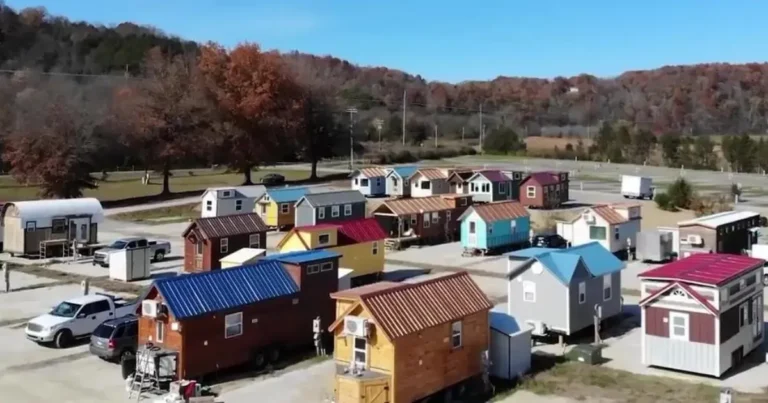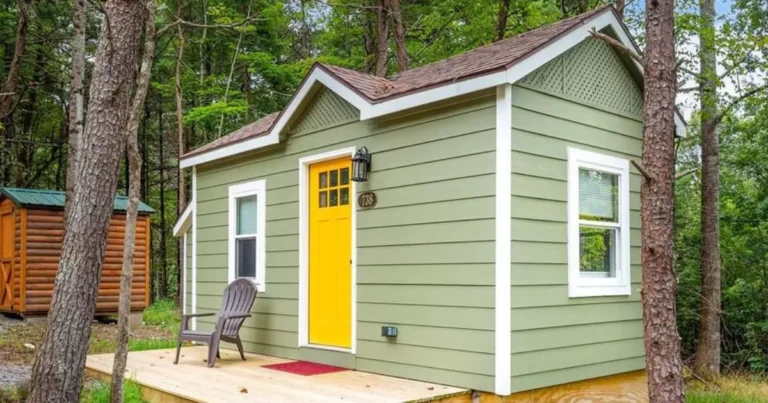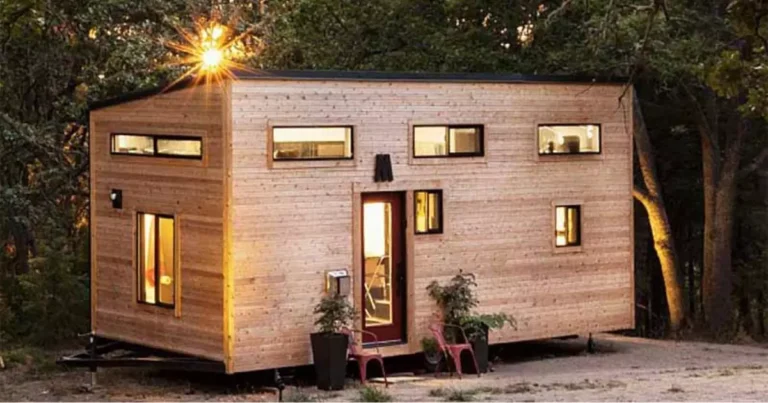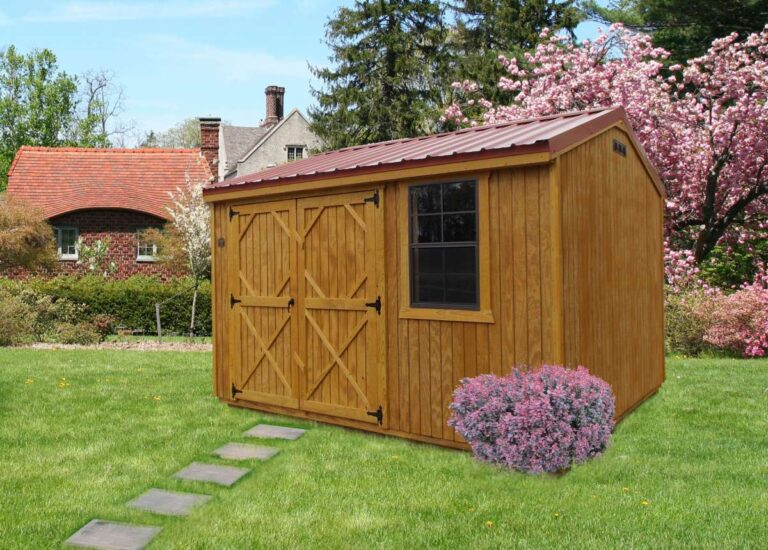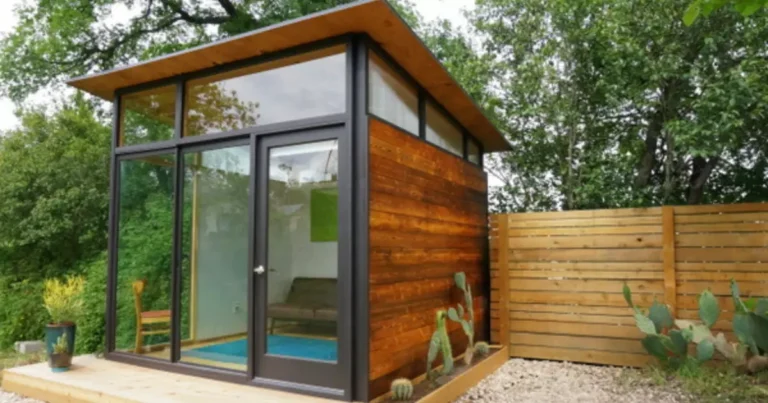How Much Does a Tiny House Weigh? A Comprehensive Guide
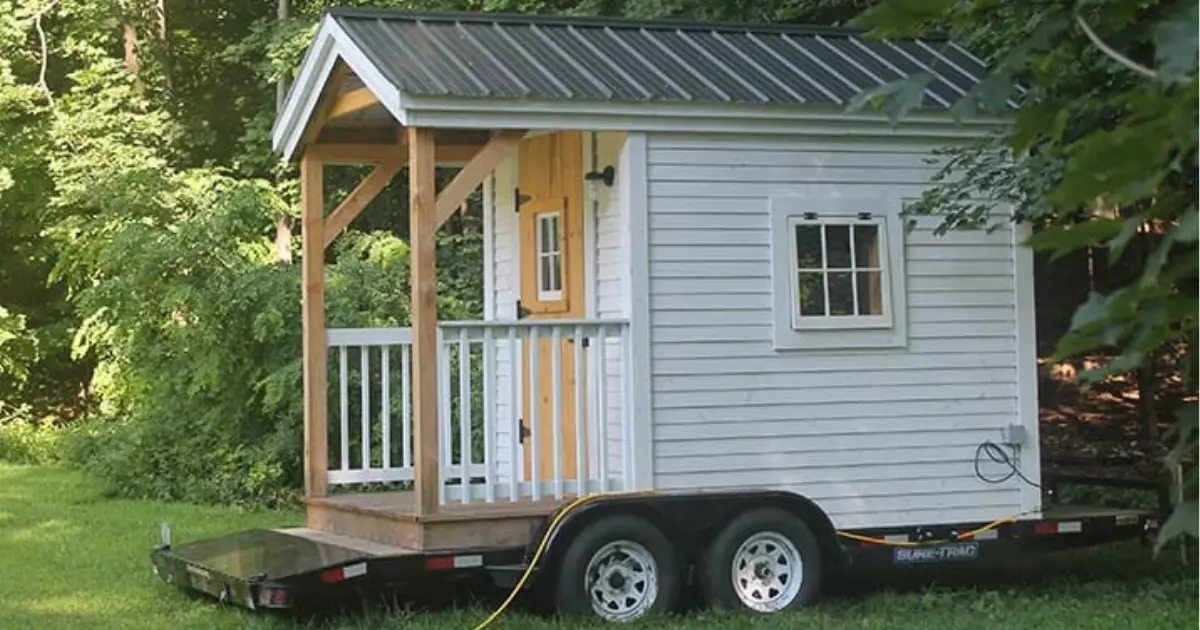
A tiny house’s weight depends on factors like materials and size. On average, a 24-foot tiny house weighs around 10,000 to 12,000 pounds.
Tiny houses have become a popular housing trend, offering a minimalist and eco-friendly lifestyle. One common question among those interested in tiny living is: How much does a tiny house weigh? In this article, we’ll explore various factors that contribute to the weight of a tiny house, including materials, size, and design. Let’s dive in and uncover the details of tiny house weights.
Factors Influencing Tiny House Weight
Construction Materials
The choice of construction materials significantly impacts the weight of a tiny house. Opting for lightweight yet sturdy materials such as steel framing or lightweight wood can help reduce the overall weight without compromising structural integrity.
Size and Dimensions
Unsurprisingly, the size and dimensions of a tiny house play a vital role in determining its weight. A larger tiny house will naturally weigh more than a smaller one. Moreover, the height of the house, including the roof design, influences its weight and towing feasibility.
Interior Furnishings
Furnishing your tiny house with heavy furniture can quickly add to its overall weight. Opt for lightweight and multi-functional furniture pieces to keep the weight in check without sacrificing comfort and functionality.
Appliances and Utilities
The appliances and utilities you install, such as kitchen appliances, heating and cooling systems, and water heaters, can significantly contribute to the weight. Consider energy-efficient and compact alternatives to minimize added weight.
Calculating the Average Weight of a Tiny House
Calculating the precise average weight of a tiny house can be challenging due to the variety of designs and materials used. However, a typical 24-foot tiny house on wheels weighs around 10,000 to 12,000 pounds (4,500 to 5,400 kilograms). Keep in mind that this is a general estimate and the actual weight may vary.
Lightweight Design Strategies
Loft vs No Loft
Loft spaces are a common feature in tiny houses, but they can add weight. If weight is a concern, consider designs that eliminate the loft or use lightweight materials for loft construction.
Multi-Functional Furniture
Invest in furniture pieces that serve multiple purposes. For example, a sofa that transforms into a bed or a dining table with storage compartments can help save space and reduce weight.
Roofing Materials
The type of roofing material you choose can impact weight. Metal roofing, for instance, is lighter compared to traditional shingles.
Weight Considerations for Trailer-Mounted Tiny Houses
If your tiny house is mounted on a trailer, the weight becomes even more crucial. It’s essential to choose a trailer that can safely support the weight of your house while adhering to road weight limits and regulations.
Off-Grid Features and Weight
Incorporating off-grid features like solar panels and composting toilets can add weight. Consider the balance between sustainability and weight when designing your tiny house.
Towing and Transportation
Towing a tiny house requires careful planning to ensure safety on the road.
Vehicle Requirements
Make sure your towing vehicle is capable of safely pulling the weight of your tiny house. Check the vehicle’s towing capacity and consult experts if needed.
Safety Measures
Implement safety measures like trailer brakes and weight distribution systems to enhance towing stability and control.
Permits and Regulations
Before moving a tiny house, it’s essential to understand the permits and regulations related to towing and road travel.
Road Weight Limits
Different states and regions have specific weight limits for vehicles and trailers. Ensure your tiny house complies with these limits to avoid legal issues.
Oversize Load Regulations
If your tiny house exceeds certain dimensions, you might need special permits and escorts to transport it legally.
Maintaining Structural Integrity
Regular inspections are crucial to ensure your tiny house remains structurally sound.
Reinforcement Techniques
Implement reinforcement techniques as needed to enhance the durability and safety of your tiny house during transportation and while stationary.
FAQs
Can I build a lightweight tiny house using traditional construction methods?
Yes, by choosing lightweight materials and efficient construction techniques, you can achieve a lightweight tiny house using traditional methods.
How do I know if my towing vehicle is suitable for my tiny house?
Check your vehicle’s towing capacity in the owner’s manual or consult a professional to determine its suitability for towing your tiny house.
Are there weight limits for tiny houses on foundations?
Weight limits for tiny houses on foundations vary depending on local building codes and regulations.
What’s the impact of a heavy tiny house on road stability?
A heavy tiny house can affect road stability and increase the risk of accidents. Proper weight distribution and safety measures are crucial.
Where can I find resources for obtaining permits for towing my tiny house?
Contact your local transportation department or visit their website for information on obtaining permits for towing oversize loads like a tiny house.
Conclusion
The weight of a tiny house is influenced by various factors, including construction materials, size, furnishings, and appliances. Careful consideration of these elements is essential to ensure your tiny house is safe, functional, and compliant with towing regulations. Embrace lightweight design strategies, keep an eye on road regulations, and prioritize safety for a successful tiny house living experience.
